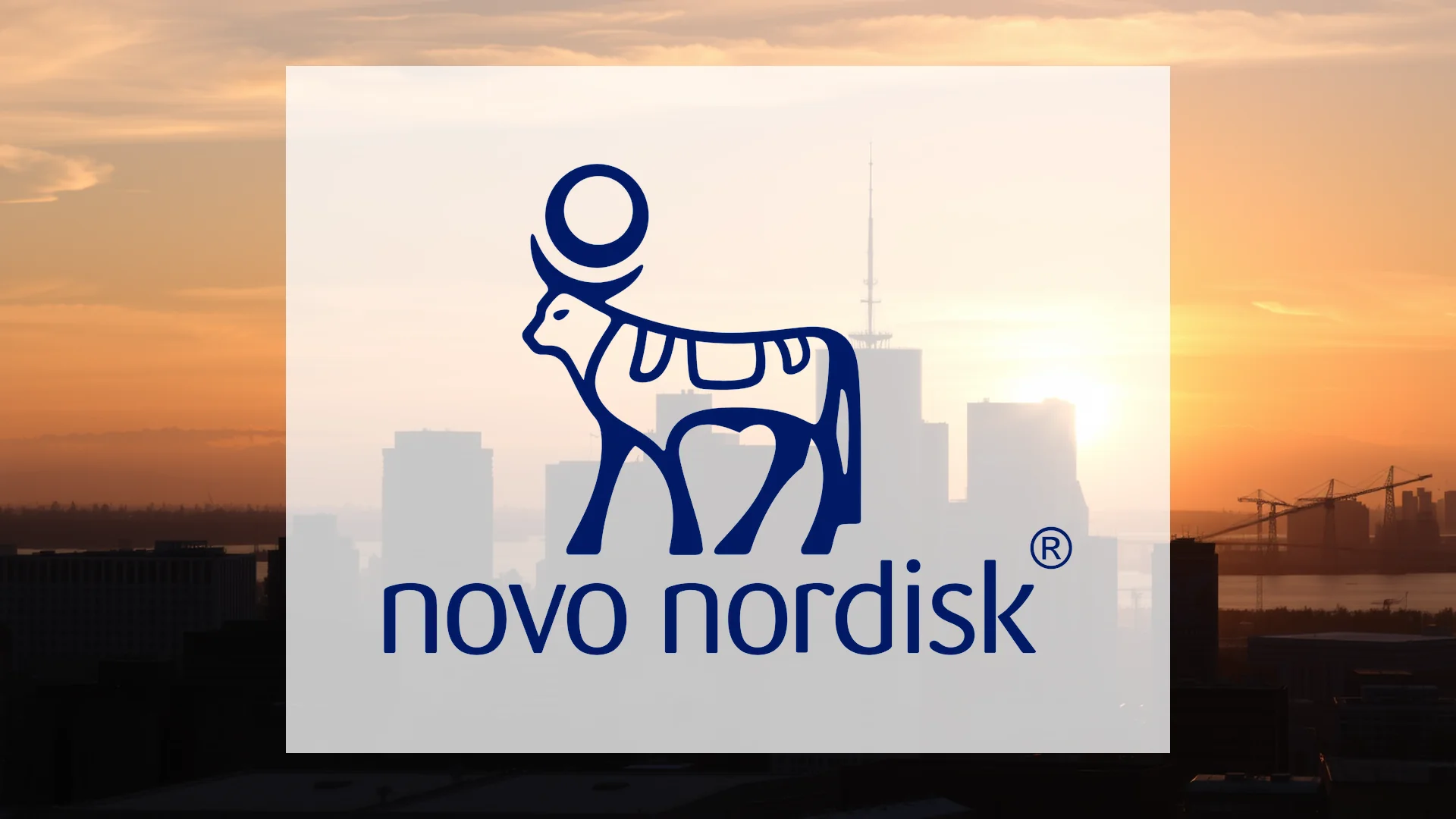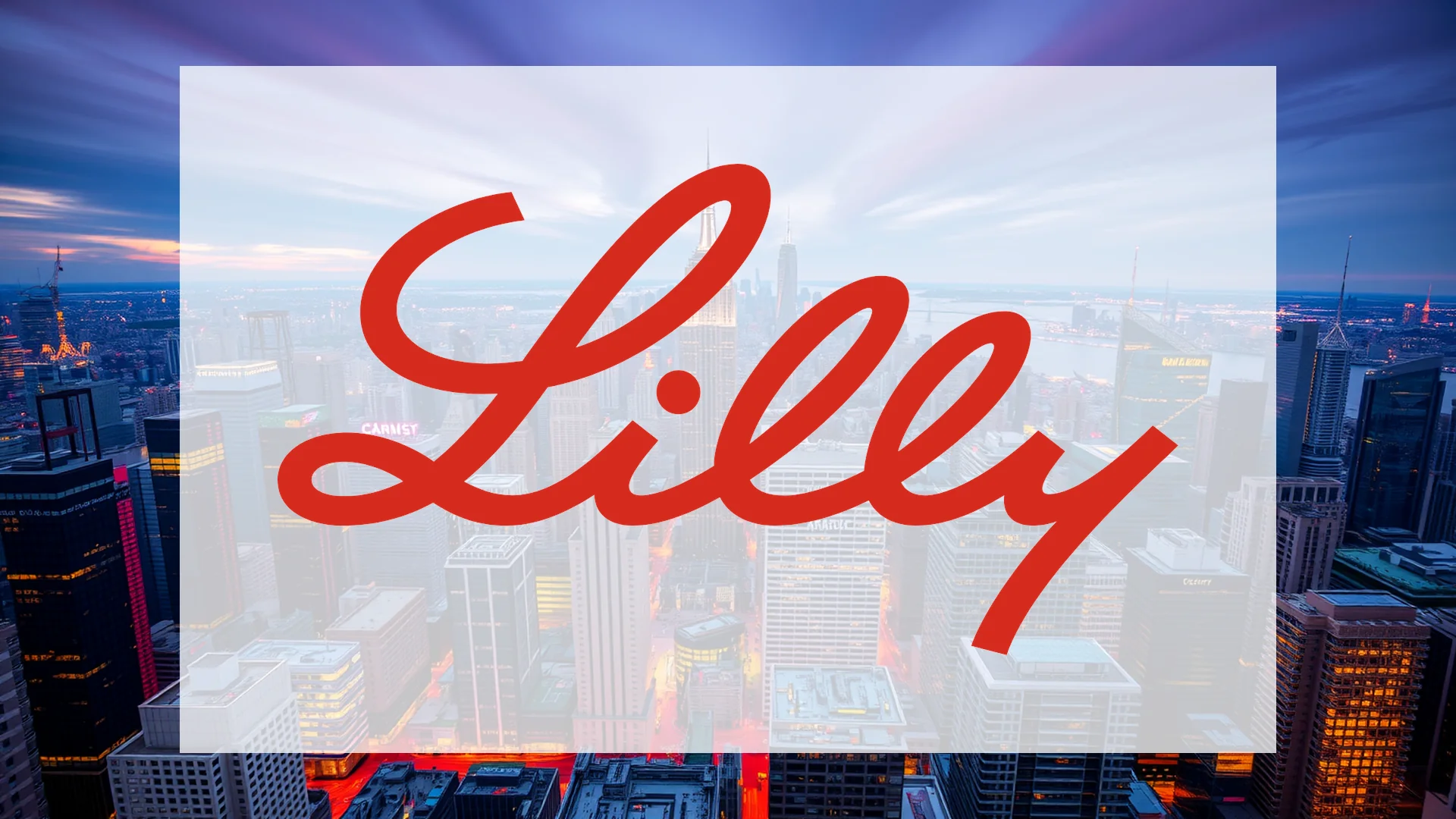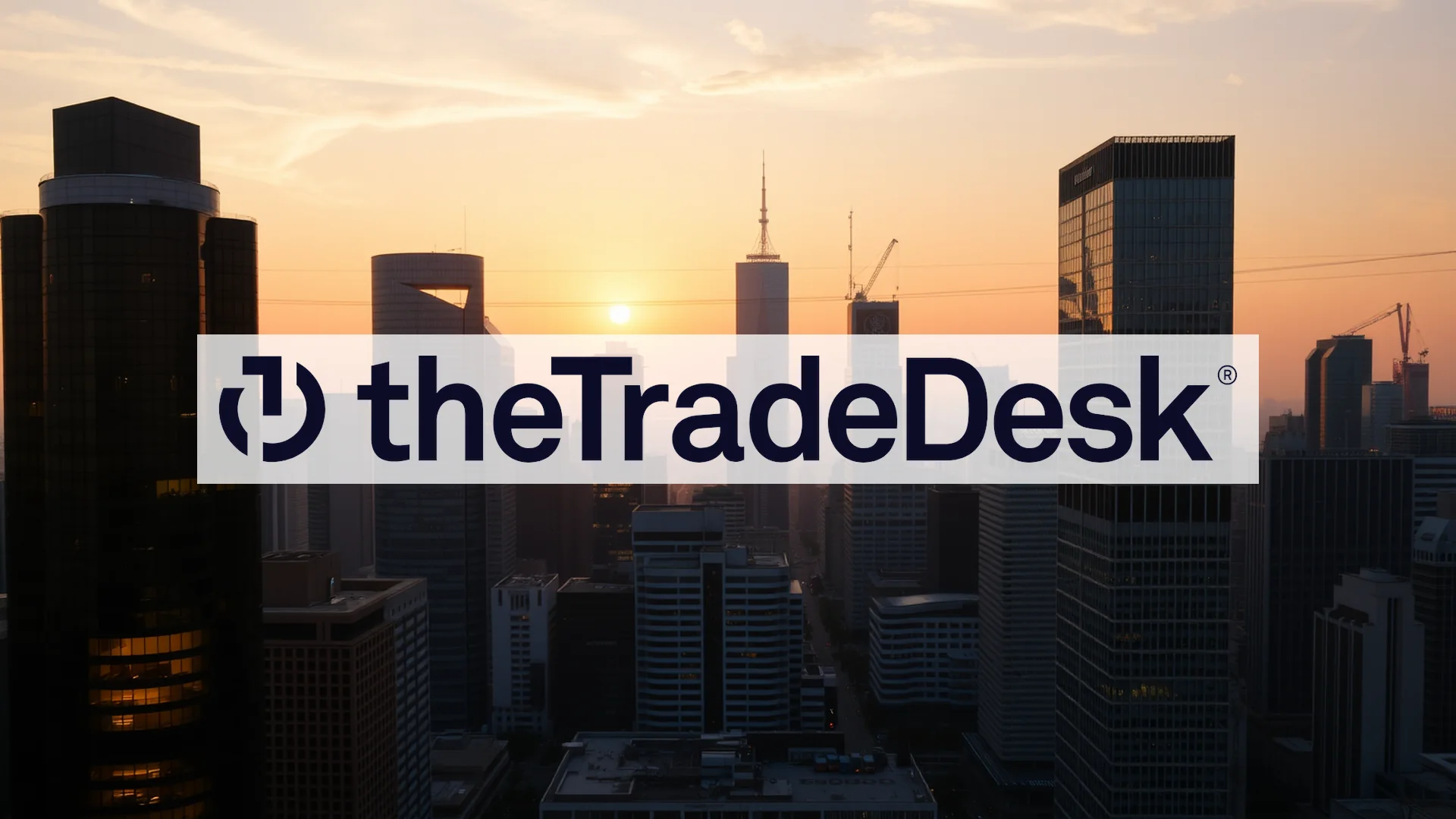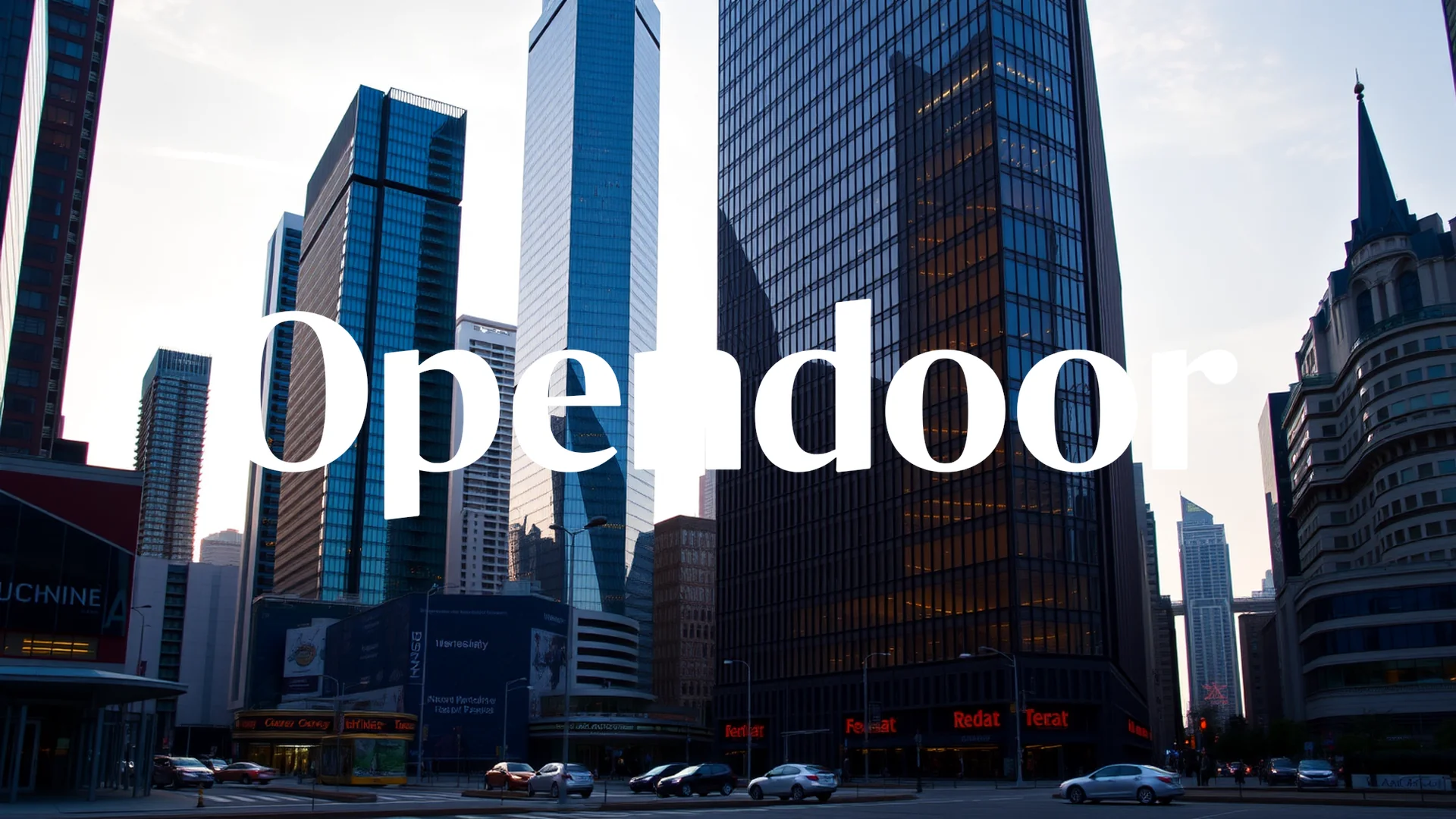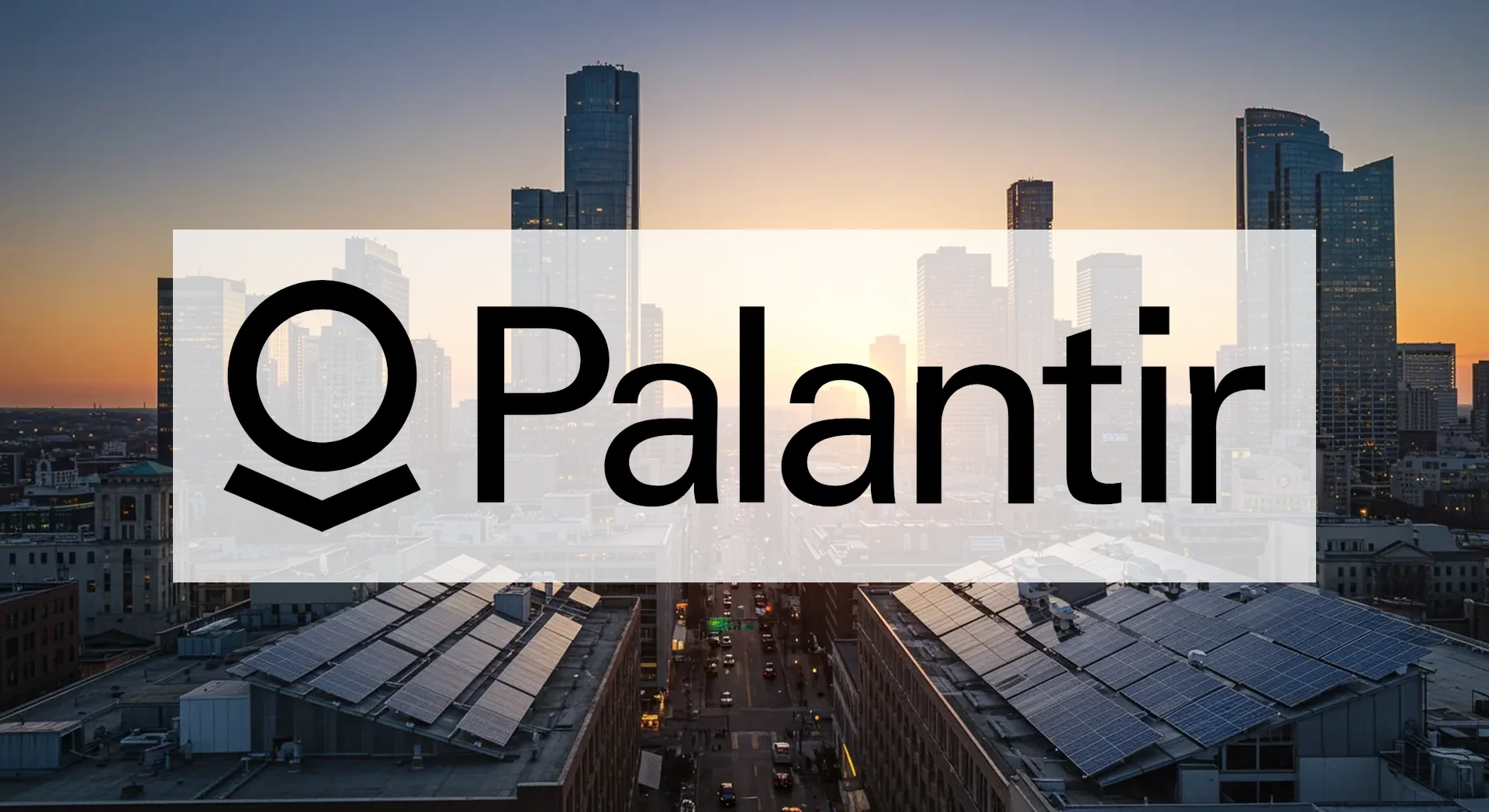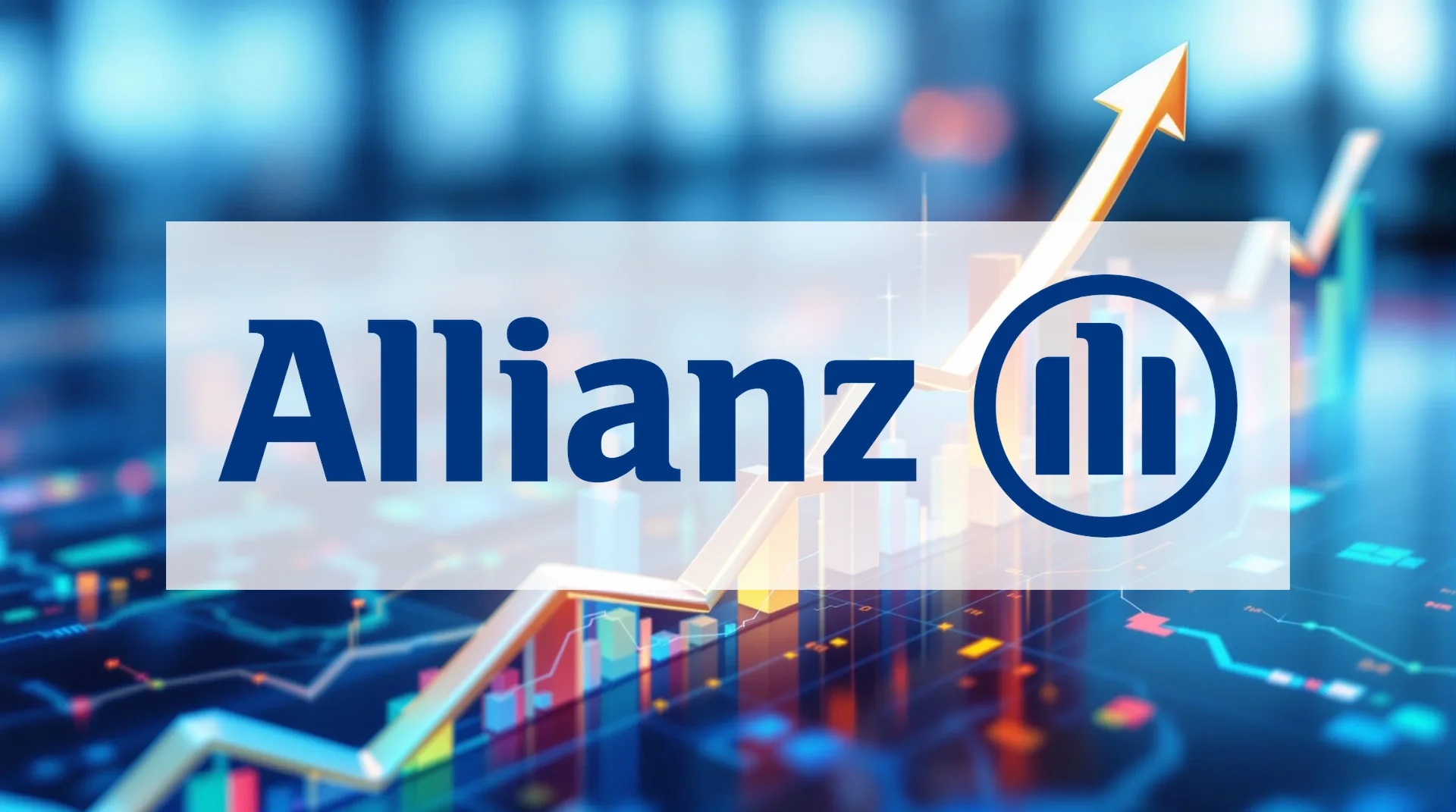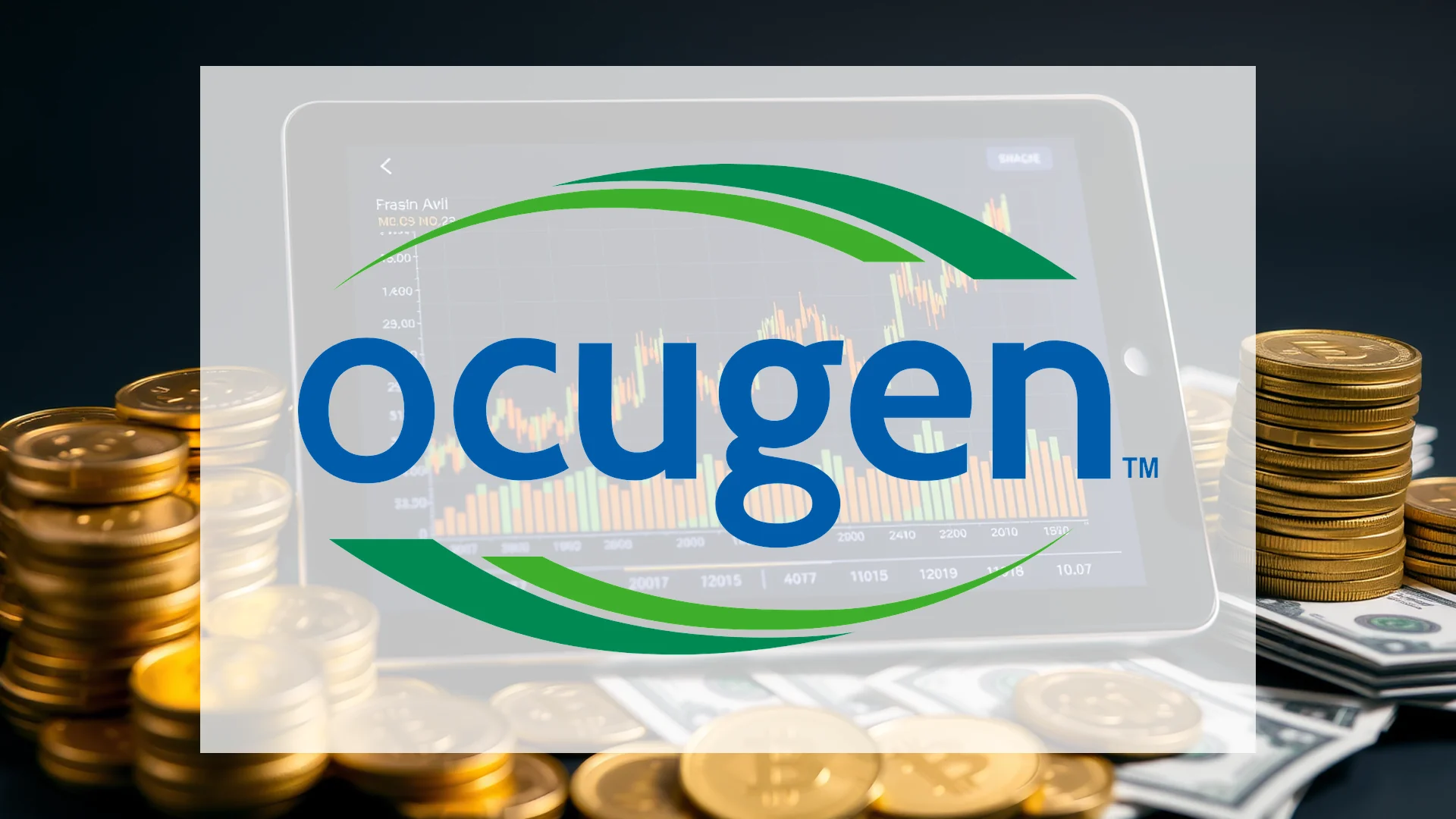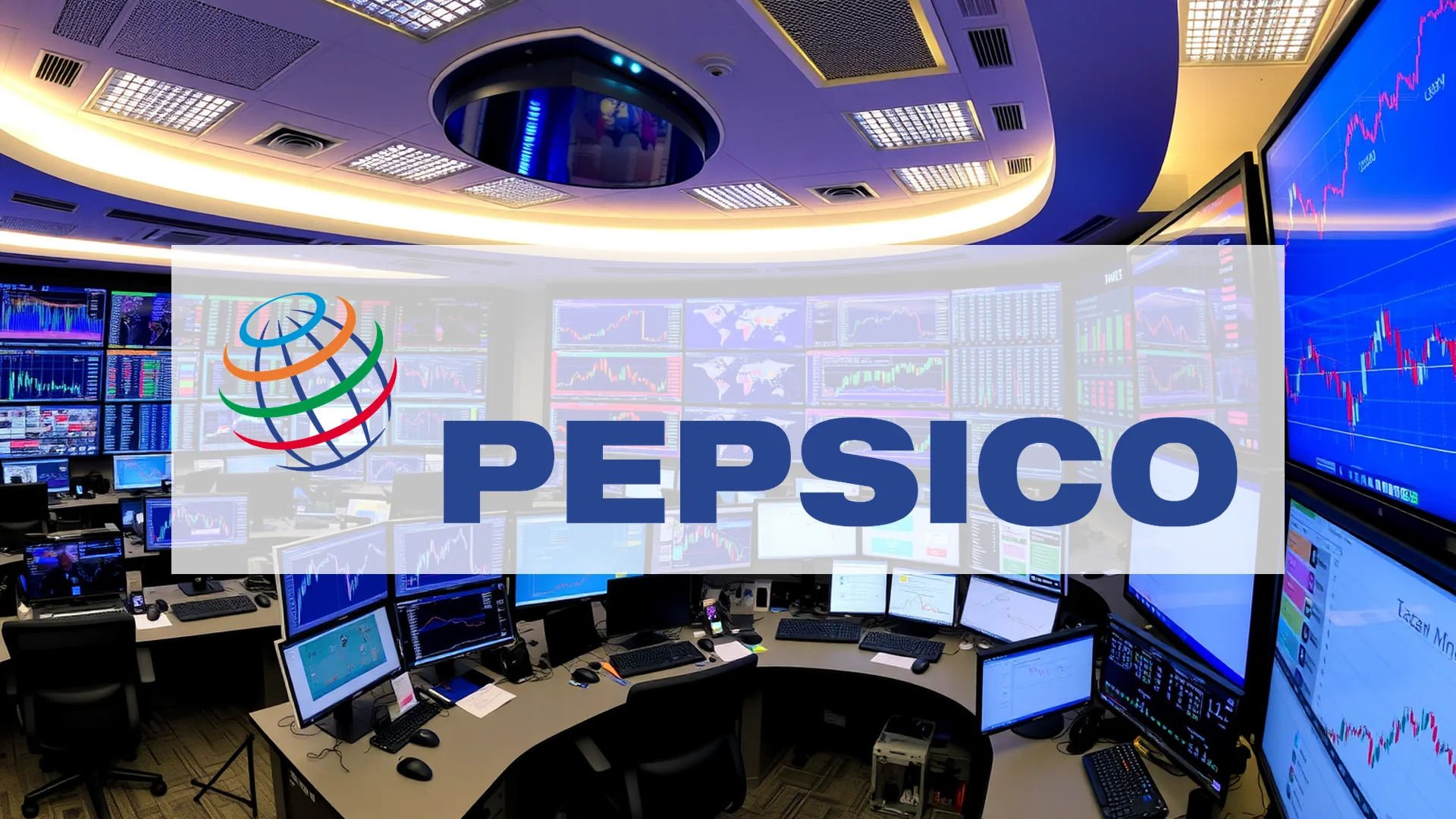The Danish pharmaceutical leader is implementing a dramatic strategic pivot that could fundamentally alter competitive dynamics in the multibillion-dollar weight-loss injection sector. Rather than maintaining its traditional focus on premium pricing, Novo Nordisk has launched an aggressive pricing initiative designed to protect its market leadership against mounting competitive threats. This volume-focused approach represents a significant departure from the company’s established business model and raises questions about whether this constitutes strategic brilliance or defensive maneuvering in a tightening marketplace.
Competitive Pressure Intensifies
These strategic shifts emerge as a direct response to growing competitive challenges from Eli Lilly, whose rival product Zepbound has been rapidly capturing market share. The escalating competition has prompted industry observers to predict an impending “volume war” where manufacturing capabilities and supply chain efficiency will become decisive factors in determining market leadership.
Novo Nordisk is now leveraging its production scale advantages to apply pressure on competitors. By adjusting its pricing structure, the company aims to utilize its operational efficiencies to maintain market position despite reduced per-unit profitability.
Dual-Pronged Pricing Strategy
In a move that signals a comprehensive market approach, Novo Nordisk has implemented a two-tiered pricing strategy across different customer segments.
For the crucial U.S. market, the company has slashed prices for its flagship products Wegovy and Ozempic to $349 per month for cash-paying patients. This consumer-focused pricing aims to bypass insurance barriers and tap into the substantial market of underinsured or uninsured Americans who previously found these treatments cost-prohibitive.
Should investors sell immediately? Or is it worth buying Novo Nordisk?
Simultaneously, the pharmaceutical giant has reached a landmark agreement with federal health programs. According to reports, Novo Nordisk and rival Eli Lilly have committed to providing their GLP-1 medications to Medicare and Medicaid beneficiaries at a further reduced rate of $245 monthly. This arrangement addresses governmental pressure for affordable medications while potentially securing long-term volume commitments through public healthcare systems.
Investor Reaction and Market Performance
The strategic transition toward “high volume, lower margins” has generated mixed reactions among investors. Concerns about profitability and decelerating growth have manifested clearly in the company’s stock performance, with shares declining more than 50 percent since the beginning of the year and trading substantially below their 52-week high.
Market analysts remain divided in their assessments. Some view the volume-centric approach as an essential evolution to reinvigorate growth, while others maintain caution. The stock currently appears to be seeking a stabilization point, with upcoming quarterly results poised to demonstrate whether increased prescription volumes can sufficiently offset the substantial price reductions.
Bottom Line: Novo Nordisk is navigating a pivotal transitional period. Successfully transforming into a mass-market leader in the United States could establish a substantial new revenue foundation. However, if this strategy fails to deliver anticipated volumes, the company faces continued margin compression in an increasingly competitive landscape.
Ad
Novo Nordisk Stock: Buy or Sell?! New Novo Nordisk Analysis from November 21 delivers the answer:
The latest Novo Nordisk figures speak for themselves: Urgent action needed for Novo Nordisk investors. Is it worth buying or should you sell? Find out what to do now in the current free analysis from November 21.
Novo Nordisk: Buy or sell? Read more here...

